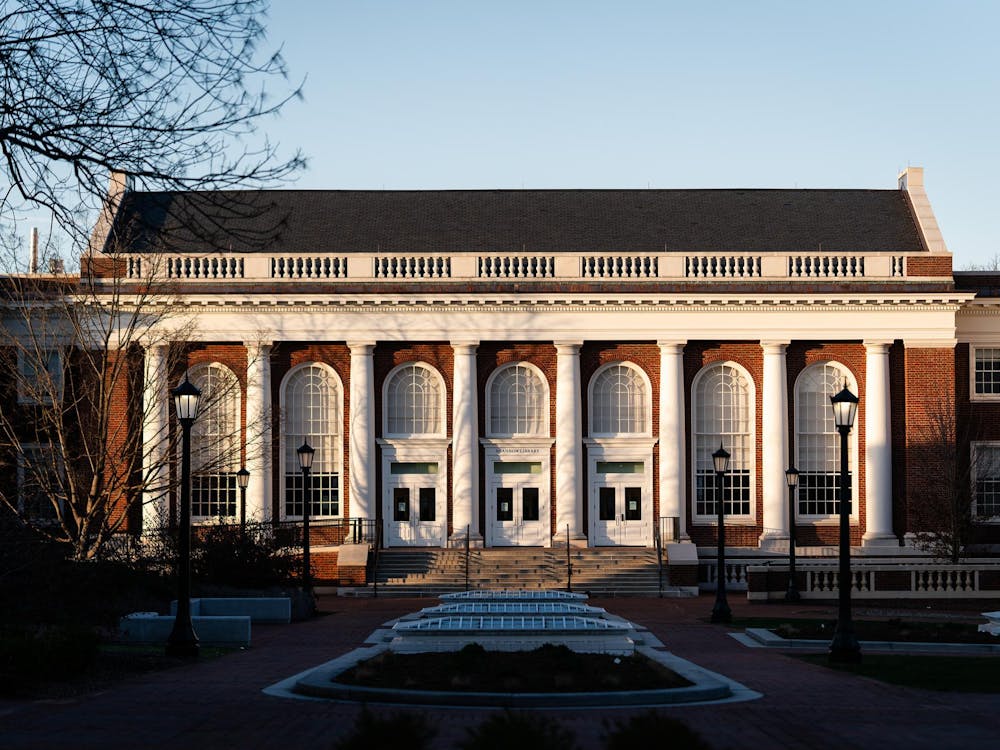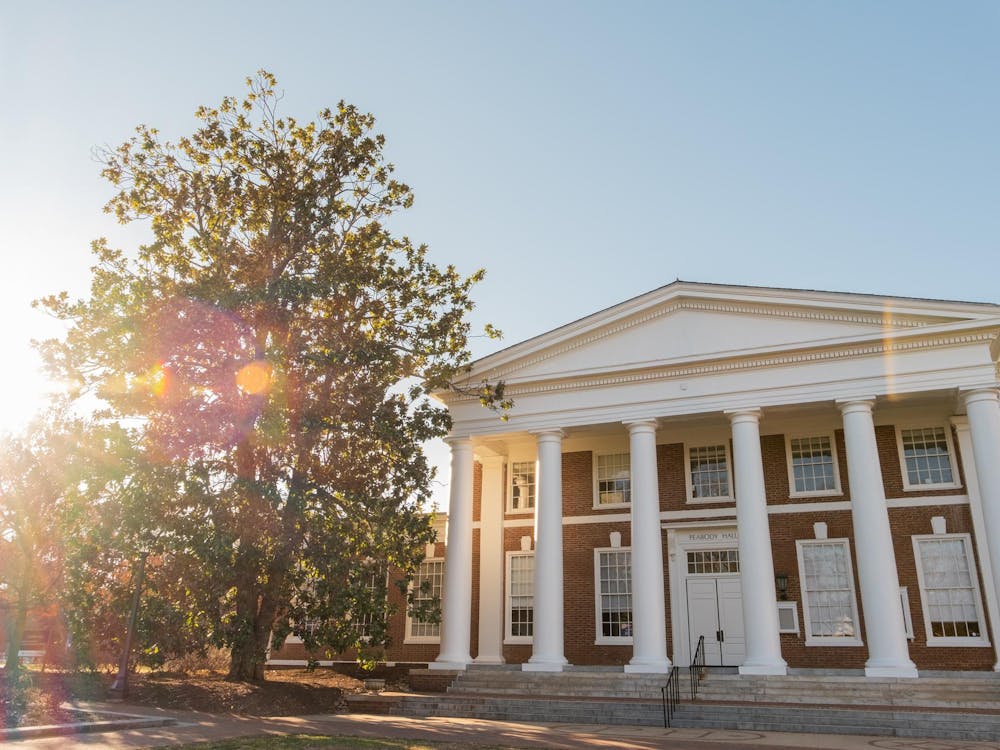The University has been deemed the number two public university and number 23 overall national university by US News and World Report in their 2015 best college rankings. We’ve anticipated it, we’ve tweeted it, we’ve reveled in it. We do so every year. To bask in our prestige is a University tradition; we want to feel proud that we attend an “elite” institution, because we can all say that we’ve accomplished a feat that is not achievable for just anyone.
Taking pride in our status as number two public is appropriate, but US News is not the only journalism source that released a list this year. On the same day, The New York Times came out with its own list of 100 universities, ranked based on the economic diversity of their student bodies. The University was on that list, coming in at number 49.
But do we exhibit the same amount of pride for our economic diversity? Will The New York Times’ list get the same number of re-tweets from University students, or even from any student whose school is on that list? The US News rankings are about which schools are the most exclusive, while the New York Times rankings are about which of the top academic schools are the most inclusive. Though we should take pride in the diversity of our school, it is unlikely that we will be as boastful about the economic diversity rankings as the national US News rankings.
Extending access to education is work — and not necessarily glamorous work — because the benefits are not particularly visible. Economic hardship is not a part of one’s identity that people are usually proud of, and so students who fall into that bracket more likely have a desire just to blend in.
Now that we know some universities on the prestigious US News rankings list do not even make the New York Times’ economic diversity rankings, what can we do to motivate these schools to increase their economic diversity? As Harvard and Amherst demonstrate, it is possible to be ranked highly on both lists.
One possible solution is to enact policy that correlates state funding to the percentage of a university’s class which comes from lower income brackets. Public universities would be especially motivated by such policy to offer better financial aid packages to low-income students, and to actively recruit low-income students to apply to those universities. Private universities do not receive as much public money, but they do still receive public funds for research, so such a policy could still hold some weight over those institutions.
The US News rankings have been criticized for perpetuating the flow of wealthy students into elite colleges, as their test scores and post-college success rates are higher and therefore boost the school’s rankings. The New York Times’ financially based rankings are meant to counteract US News’ rankings which are largely based on “academic reputation” and “student selectivity.” According to the Chronicle, US News chief data strategist Bob Morse said “economic diversity of the student body [does] factor into the overall ratings” (though it is unclear how), but the New York Times rankings prioritized this criteria as opposed to considering it secondarily.
Now that the alternative rankings exist, we wait to see whether the face of higher education will change because of them. Though we take pride in the prestige of the University, we believe that higher education should be accessible. Students who attend universities of high academic prowess can grow their talents by living with and working with peers of similar caliber. But we must make sure that low income students who possess that intelligence and that potential are not excluded because wealth is mistakenly viewed as the path to greatness.






